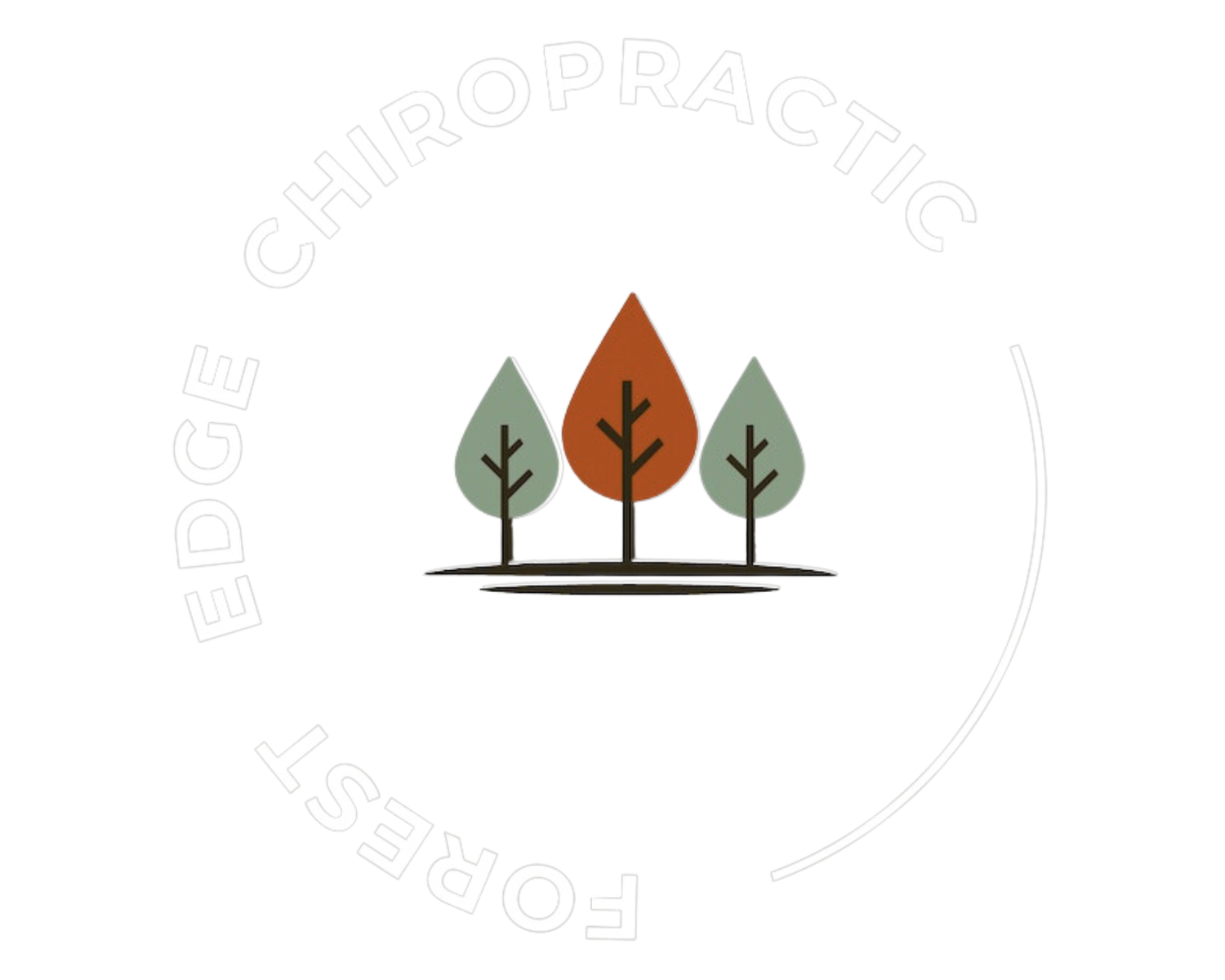Do you need to stretch?
Should you be stretching?
Well, there’s a short answer to this question, and it’s yes, probably!
Let me explain.
When we stretch we’re aiming to increase flexibility. Or more specifically range of motion in a joint. We stretch a muscle eg a hamstring, with the goal of being able to bend further forward ie allow the hip joint to move more.
But does stretching actually increase range of motion (ROM)? Well, that depends.
Studies have shown for quite some time now that single event static stretching ie getting yourself into a position once, and holding it for a short while – 15-30 seconds – does increase ROM. However. These changes in ROM do not last long (up to 30 minutes), and studies have shown that after static stretching, muscle strength is decreased for a short time. Yup. That’s right – muscles are actually weaker after you stretch them statically. Not ideal, right? Particularly if you are stretching immediately before some sort of sport or physical activity!
So does static stretching reduce injury rates? Here the evidence is inconclusive – some studies on athletes show that it might, but overall, the research suggests it probably doesn’t prevent injuries in the longer term.
But let’s not throw the baby out with the bath water. If your goal is longer term increased flexibility, then regular – this means a minimum of 3 times a week – static stretching has been shown to increase ROM in the longer term, and maintain it. Think about yoga, for example. Regular practice of yoga WILL increase your flexibility in the longer term. But for optimal musculoskeletal health, you need to combine static stretching with some strength training (remember the weakness after stretching?!). This way, you’ll both increase the ROM of the joint and improve the strength of the muscle, allowing it to perform for longer.
However, if your goal is increased performance and decreased possibility of injury ie you’re stretching before physical activity, what can you do? Well the best thing to do in this instance is dynamic stretching. This sounds fancy, but really means moving as a warm up, rather than standing still in different positions.
Studies looking into effective warm ups for sport have shown that a short increase in cardiac effort ie walking fast or jogging for 3-5 minutes to raise your heart rate by at least 30%, followed by dynamic stretching of the muscles which will be used in your activity, is the most effective way of improving range of motion and decreasing the likelihood of injury before athletic performance.
There’s good news for stretching and pain too – studies have shown that regular stretching can help with neck pain, shoulder pain, lower back pain, hip, knee and ankle pain. Again, this needs to be regular – minimum 3 times a week. Yoga is a good place to start for this, but if you’d like some stretches that are specific to you, please do get in touch – I’ll be happy to help.
Page P. Current concepts in muscle stretching for exercise and rehabilitation. Int J Sports Phys Ther. 2012 Feb;7(1):109-19. PMID: 22319684; PMCID: PMC3273886.
Thomas, E., Bianco, A., Paoli, A., et al. (2018.) ‘The Relation Between Stretching Typology and Stretching Duration: The Effects on Range of Motion.’ International Journal of Sports Medicine volume 39, number 4, pages 243-254
Park, D. J. & Park, S. Y. (2019.) ‘Long-Term Effects of Diagonal Active Stretching Versus Static Stretching for Cervical Neuromuscular Dysfunction, Disability and Pain: An 8-Week Follow-Up Study.’ Journal of Back and Musculoskeletal Rehabilitation volume 32, number 3, pages 403-410.
Chen, H. M., Wang, H. H., Chen, C. H., et al. (2014.) ‘Effectiveness of a Stretching Exercise Program on Low Back Pain and Exercise Self-Efficacy Among Nurses in Taiwan: A Randomised Clinical Trial.’ Pain Management Nursing volume 15, number 1, pages 283-291
